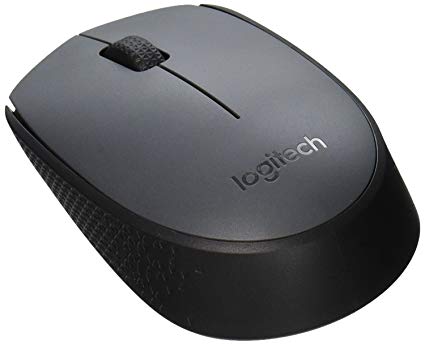USB 4 cable offers several advanced features compared to earlier USB versions. Here are some key features and benefits of USB 4 cables:
- Higher Data Transfer Speeds: USB 4 supports data transfer rates of up to 40 Gbps (gigabits per second), which is double the maximum speed of USB 3.2 and comparable to Thunderbolt 3.
- Improved Power Delivery: USB 4 supports USB Power Delivery (PD) up to 100 watts, allowing for faster charging of devices and powering larger peripherals.
- Backward Compatibility: USB 4 is designed to be backward compatible with USB 3.2, USB 2.0, and Thunderbolt 3, allowing it to work with a wide range of existing devices and accessories.
- Enhanced Protocol Efficiency: USB 4 uses the Thunderbolt 3 protocol, which improves data efficiency and reduces latency, making it more effective for high-bandwidth tasks like video editing and gaming.
- Multiple Protocols Over a Single Cable: USB 4 can handle multiple types of data simultaneously, including data, video, and power, through a single cable. This simplifies connectivity by reducing the need for multiple cables.
- Support for DisplayPort 2.0: USB 4 supports DisplayPort 2.0, allowing for higher video resolutions and refresh rates, which is beneficial for high-definition monitors and multi-monitor setups.
- Improved Bandwidth Allocation: USB 4’s protocol allows for more efficient bandwidth allocation between connected devices, ensuring better performance for tasks that require high data throughput.
- Backward Compatibility with Thunderbolt 3: USB 4 is compatible with Thunderbolt 3 devices, which means you can use a USB 4 cable with Thunderbolt 3 peripherals and vice versa.
- Cable Length and Quality: USB 4 cables come in various lengths, with active cables supporting longer distances while maintaining high data transfer rates.
- Universal Connector: USB 4 uses the USB Type-C connector, which is reversible and supports various functions beyond data transfer, including charging and video output.























Reviews
There are no reviews yet.